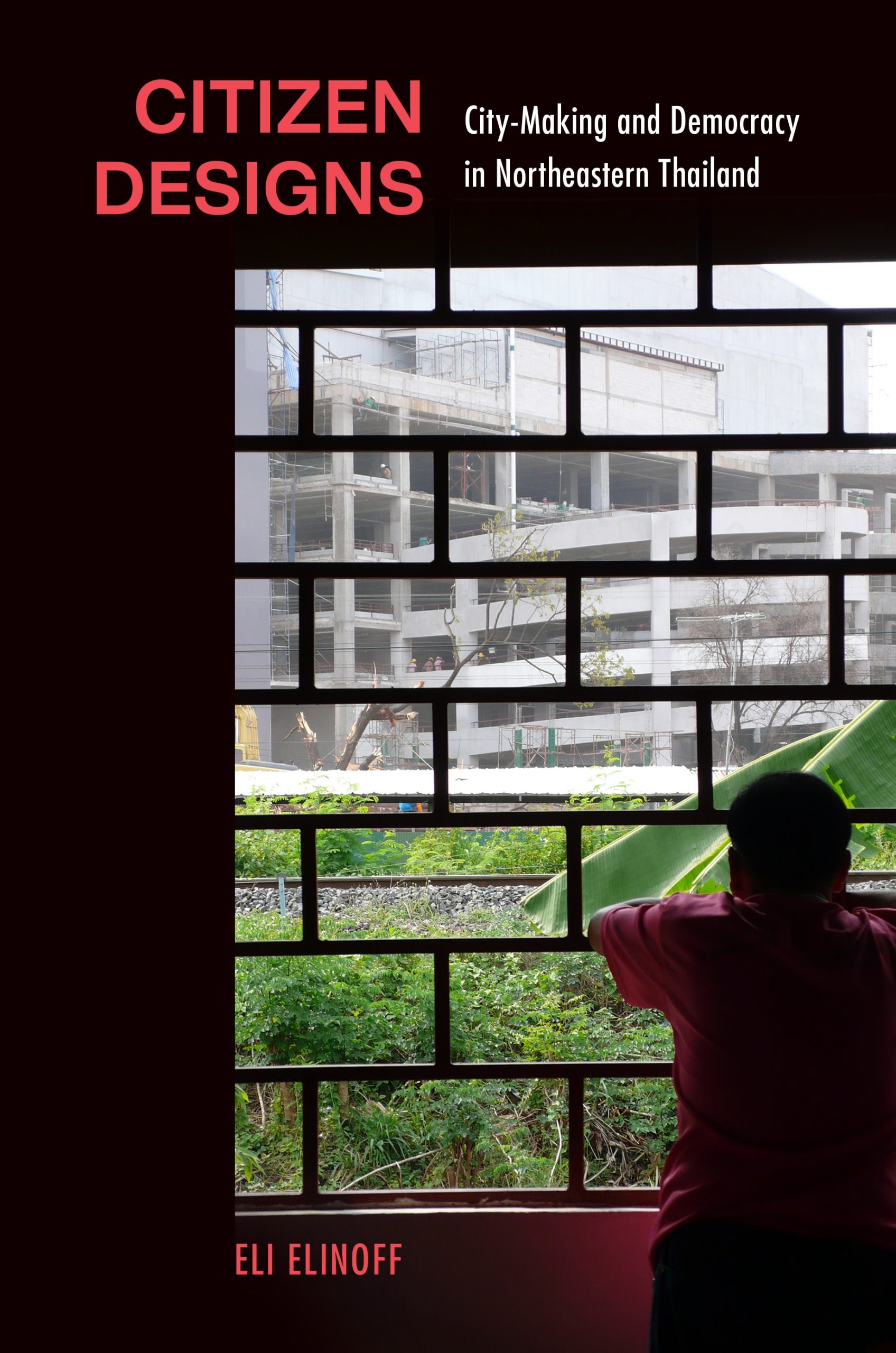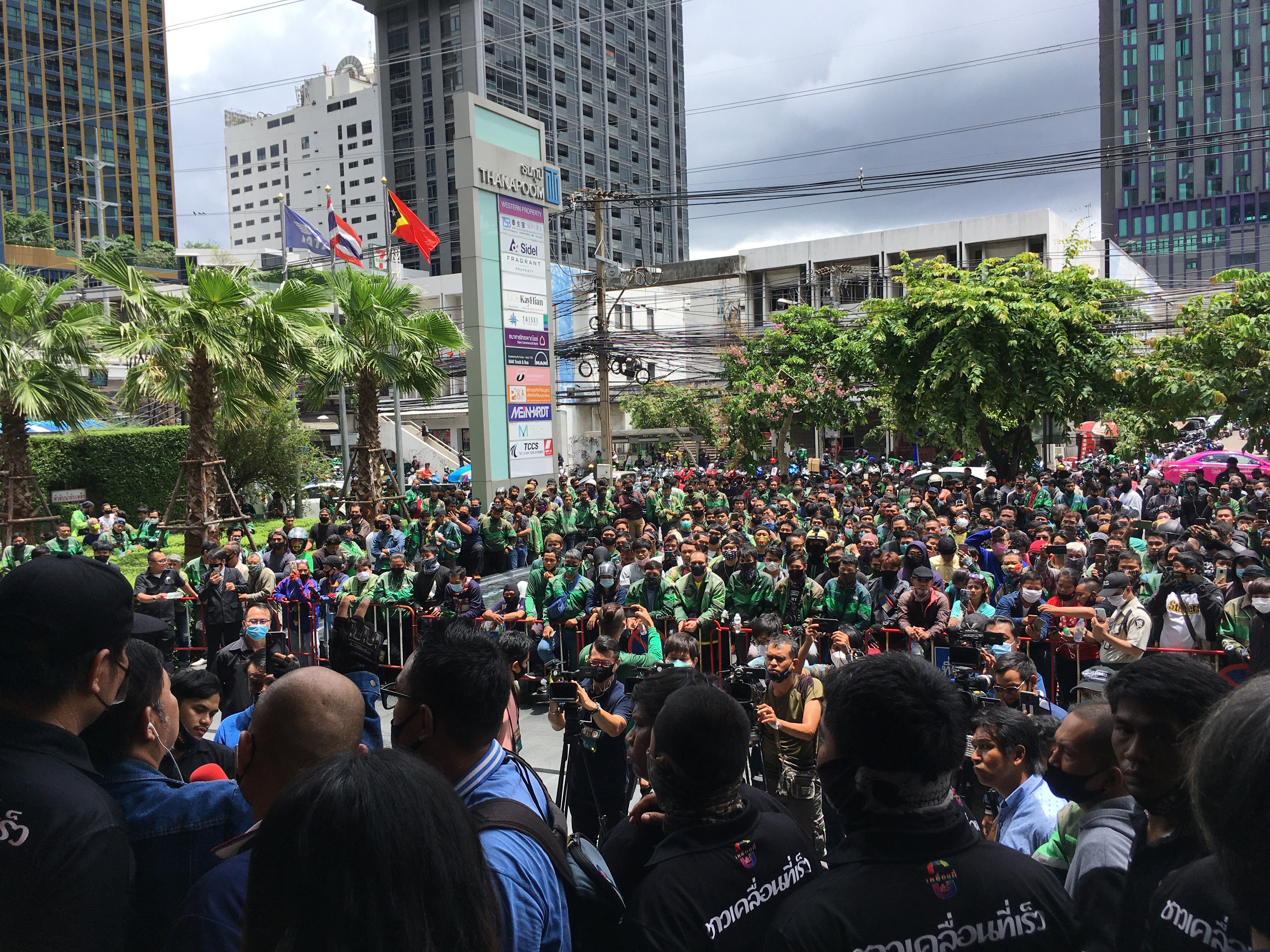Along the same line with the rise of the Millennial global youth movement, youth movements enormously expanded in Thailand between 2020 and 2021. However, the rationale behind the uprising of those young fellows in Thailand differs from other countries. This blog finds that the double layers of intergenerational political clashes between the Cold War Boomer gerontocratic state and Gen Z are the crucial factors that give rise to the youth movement in Thailand, writes Kanokrat Lertchoosakul
_______________________________________________
Youth activism worldwide declined after the two-decade-long powerful series of New Left, Civil Rights, Anti-war and Environmental global youth movements in the 1960s-1970s. Only after 2000 onward youth returned to the political stages both as leading political forces calling for a change in their own country as well as drivers of significant political, social and environmental campaigns at the global level. These campaigns covered environmentalism, anti-establishment, democracy, economic reform, education improvement, LGBT rights, gender equality, social justice, etc.
At the beginning of 2020, young people in Thailand surprised society with an explosion of countless protests in various high schools and universities nationwide. The initial stage of their protest series responded to the dissolution of the Future Forward party, the pro-youth political party. After a brief retreat owing to the spread of the Covid-19 pandemic, a bigger round of mass youth protests resumed in the middle of the year. This time, students moved to the streets from high schools and universities. The ‘White Ribbons’ and the ‘three fingers’ salute were used as their symbols. Thousands of protests took place throughout 2020. They managed not only to mobilise the biggest mass youth protest since the 1970s but also to campaign for more radical demands than earlier youth movements. They not only disagreed with the dissolution of the Future Forward party but also called for democracy and major structural reforms like reforming the monarchy, demolishing the monopolies of big businesses, and diminishing the hierarchical and suppressive social structure in schools and other institutions.
Despite several waves of state violence to suppress their mobilization, the protest movement expanded and split into diverse independent movements with more creative and innovative campaigns. However, their campaigns were not strong enough to survive. Key leaders of these movements started to receive arrest warrants. So, from late 2020 to 2021, the movements began to transform themselves. They shifted from peaceful towards more militant directions. Additionally, the protest movement’s leadership and its participants shifted from the middle class and educated youth to the children of the urban poor. As of the beginning of 2021, the new independent campaign called ‘Restart Democracy (REDEM)’ clashed with the authorities. Then, after a new round of Covid-19, mobilization resumed in August 2021 in daily protests that lasted nearly three months. The uprising in 2021 called itself the ‘Breaking Through the Tear Gas’ movement comprised mainly of urban poor and uneducated young people. These lower-class youths pushed the movement towards a new stage of more anarchist-style tactics. Protesters confronted the riot control police. Independent participants or small groups of slum neighbourhood groups countered tear gas and rubber with Molotov cocktails and slingshots.
In response to this series of two-year protests, the government arrested more than 2,000 young protesters. Many leaders were detained without bail. Subsequently, the mass protests subsided. Several leaders went into exile abroad. Nevertheless, small radical groups continued, like ‘Breaking through the Palace,’ which still promoted protest through opinion polls and dry hunger strikes.
The Gerontocratic State and the ‘Zoomers’
Unlike Boomers in the Western context, who tend to be liberal and progressive, people in Thailand who were born in the same years as the Wester Boomers are inclined to support conservative social hierarchy, the regime of order, and ultra-nationalist ideas. Growing up and socialised under the long period of political stability under military and semi-democratic governments (the 1950s-1980s) and nearly four decades of double-digit GDP, they are somewhat sympathetic to the authoritarian regimes of Thailand. Moreover, they are a Cold War generation who experienced first-hand political interventions by foreign powers. Whether left or right-wing supporters, they tend to be sceptical towards foreign implants of democracy, liberalism, and socialism.
By contrast, those born between 1997 and 2012 spent their adolescence during the 2010s and 2020s and face very challenging times. They were born at the end of an economic boom and have encountered economic disruption and slowdown due to the Covid-19 pandemic. Oppressive education systems are still functioning, along with decades-long conservative elites and non-democratic governments that have been corrupt, ineffective, and unjust. With their liberal attitudes and the ability to adapt to change, growing up under more liberal families, and emerging as the first digital natives of the country, the Thai Generation Z or Thai Zoomers find that existing social and political structures are obstacles to their struggles against these challenges. Subsequently, many support socio-economic reform, advocate equality and respect for diversity regardless of age, sex, or class, resent and resist hierarchy, and above all, find that democracy and political participation are the only means to reach all of their goals. After the 2014 military coup, small groups of student activists started to protest. By late 2015, hundreds of thousands of young internet users managed to use an online campaign to suspend “the single gateway” – a government internet “gateway” to control the inflow of information into Thailand from the rest of the world. Furthermore, they made the Future Forward Party, the pro-youth party, the third biggest party in the 2019 general election.
The Double Layers of Intergenerational Political Clash in 2020-2021 Political Upheaval
Generational differences are common in every society. However, at some point in history, generational differences turn into conflict, particularly the double layers of intergenerational clashes, the conflict between different generations at both the establishment and mass levels In Thailand, young people turned up on the streets. They participated in protests between 2020-2021, fighting not only the gerontocratic government dominated by the Cold War Boomer generation but also the entire mass conservative Cold War Boomer, older people who are the main constituency of the conservative political parties and oppressive and hierarchical social institutions, including schools, religious groups, families, and workplaces.
Three primary structural conditions gave rise to Thailand’s 2020-2021 mass youth movements, which fought both gerontocratic elites and conservative masses of elder people. The first structural condition is the imbalance of political power structure between generations. With the Boomers assuming absolute control over the political and policy process, there was no space left for young people, particularly first-time voters and job seekers, who were directly affected by policies that long abandoned younger people’s concerns, interests, and benefits. The Boomers have imposed those policies from their positions running political parties and governmental offices. Thanks to improvements in Thailand’s healthcare system, moreover, they will live even longer. For example, the average age of the cabinet of the Prayut Chan-o-cha government was 62. Despite being aged 69, the Prime Minister himself still ranked 14th oldest among all cabinet members.
The second condition was the unresponsive gerontocratic government and older people. The gerontocratic government is not a problem on its own. Many gerontocrats, like those in Germany, Japan, and Italy, can garner support from younger people. However, unresponsive gerontocratic governments and dominant figures with absolute power control in politics and social institutes are problematic. In Thailand, the situation has been even worse. Instead of promoting new economic policies and educational reform to gain support from the younger generation, they have maintained an old-fashioned style, advocating romantic ‘love’ and ‘loyalty’ to the monarchy to support their political legitimacy and sustain the hierarchical structure of politics and society.
The third and final condition was the successful incorporation of youth into political movements. Starting from small groups of young activists campaigning against the military junta after the 2014 military coup, ordinary young people began to participate in politics to various degrees and at multiple levels, including online campaigns and activities inside schools and universities, which started to grow long before the rise of the mass movements in 2020. The rise and success of the Future Forward Party helped to empower and integrate individual young people into formal political institutions. All these turned young ordinary people into active citizens in different political activities.
These young people were oppressed by the tyrannical and unresponsive gerontocratic government. However, these people continued to express themselves through online campaigns and electoral ballots. Only when three triggering incidents occurred did these young people decide to move their actions onto the streets. These triggering incident included the dissolution of the Future Forward Party, the assassination of Wanchalerm Satsaksit, and the onset of the Covid-19 pandemic. The first round of protests in February 2020 was an expression of anger about the constitutional court’s decision to dissolve the Future Forward Party. For high school students, the forced disappearance of the young Red Shirt activist Wanchalerm Satsaksit was the last straw for them to break their silence. The protests in late 2021 were fundamentally pushed by the consequences of the economic crisis and the failure of online education, particularly among underprivileged youngsters. The violent actions against the authorities were clear and robust, reflecting a strong sense of urgency, anger, and desperation.
In conclusion, the imbalance of political power structures between generations, unresponsive gerontocratic government and older people, and the emergence of successful pro-youth political parties, combined with recent triggering incidents in Thai politics to pave the way for this double layer of intergenerational political clashes within the political establishment and in society at large. That is, Thai youth movements in 2020 – 2021 not only mobilized against a group of gerontocratic elites but also turned their whole generation’s tide against gerontocratic masses who have supported the conservative establishment wholeheartedly over the past few decades.
______________________________________________
*Banner photo by Kitthitorn Chaiyuthapoom on Unsplash
*The views expressed in the blog are those of the authors alone. They do not reflect the position of the Saw Swee Hock Southeast Asia Centre, nor that of the London School of Economics and Political Science.





